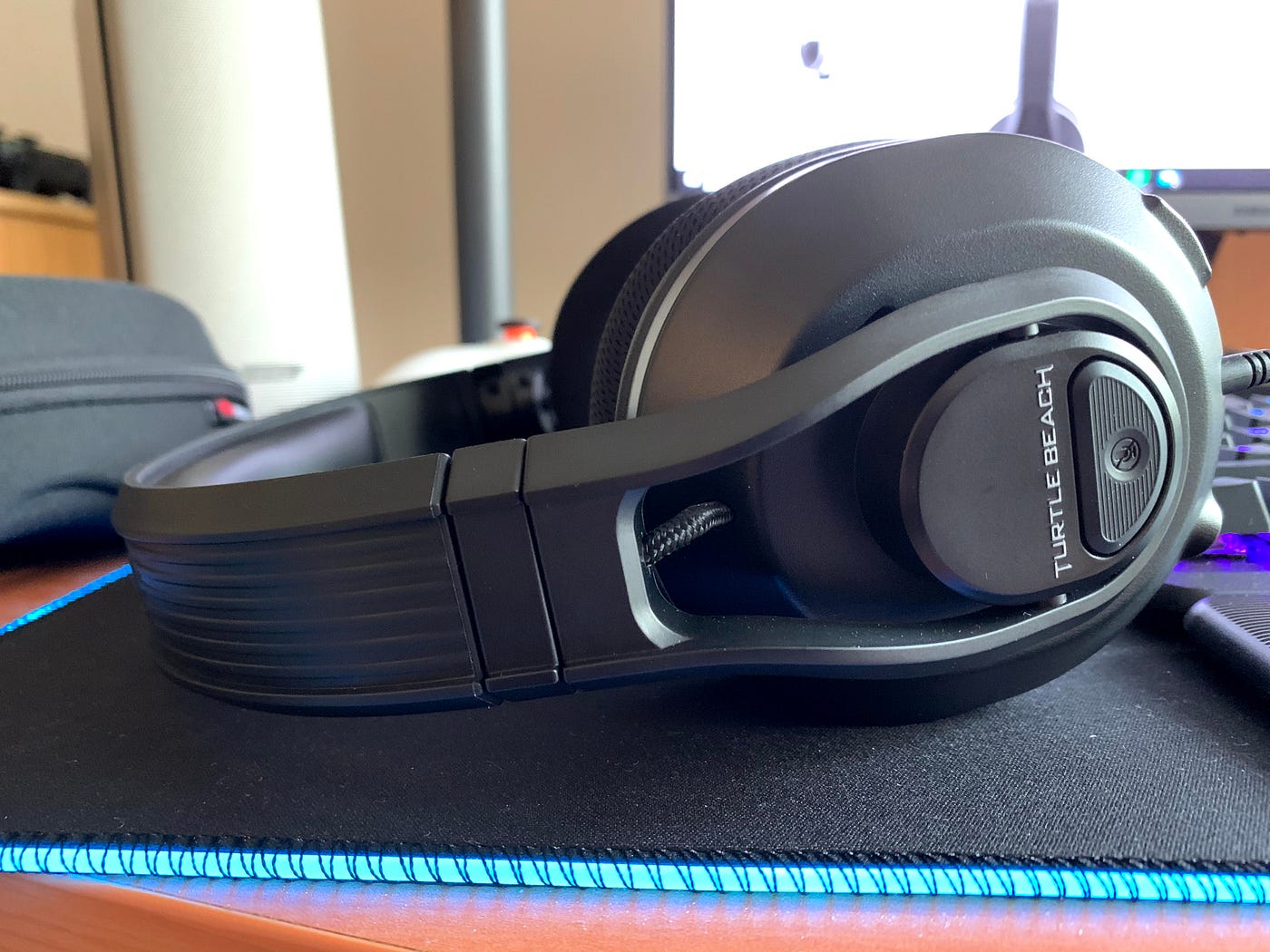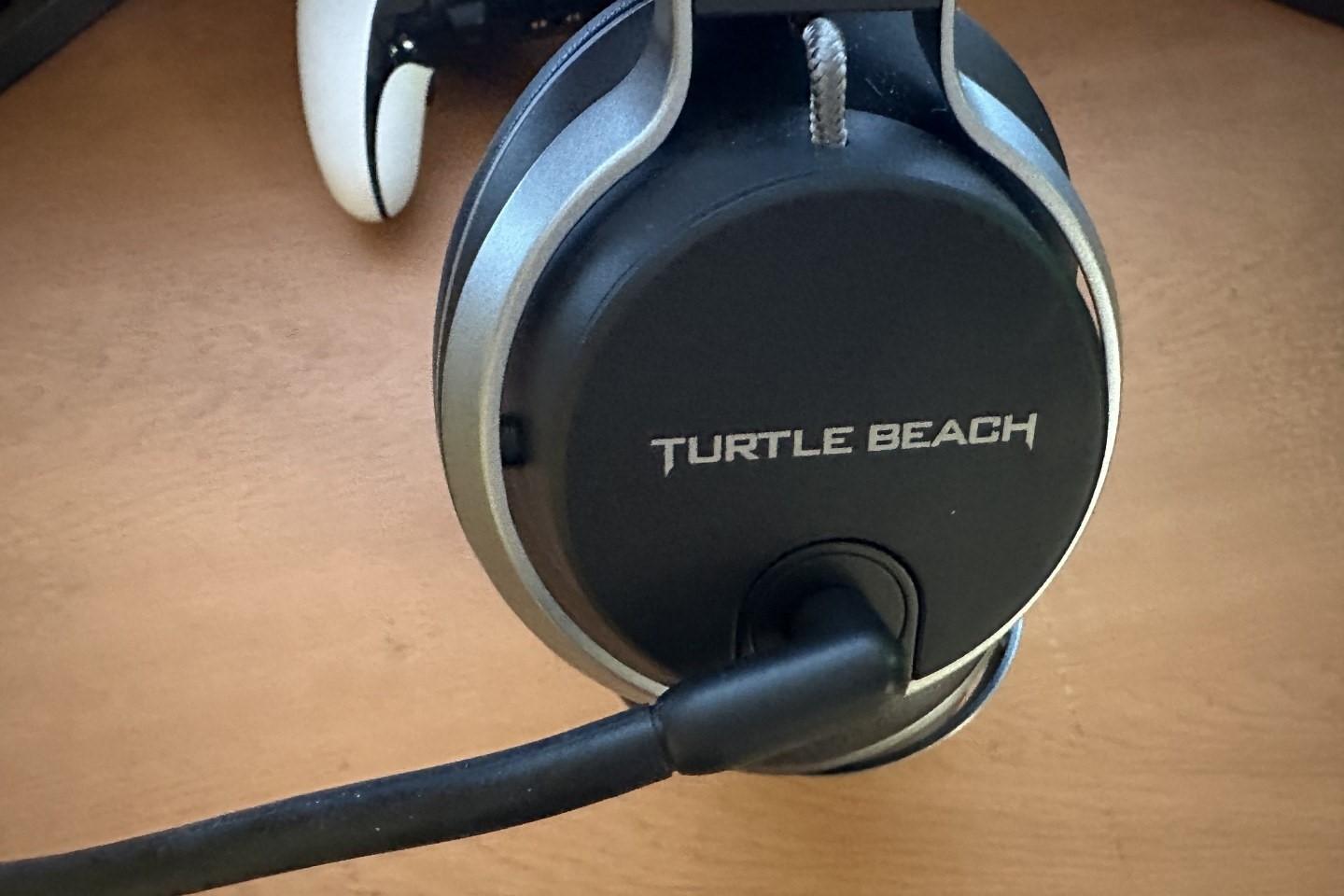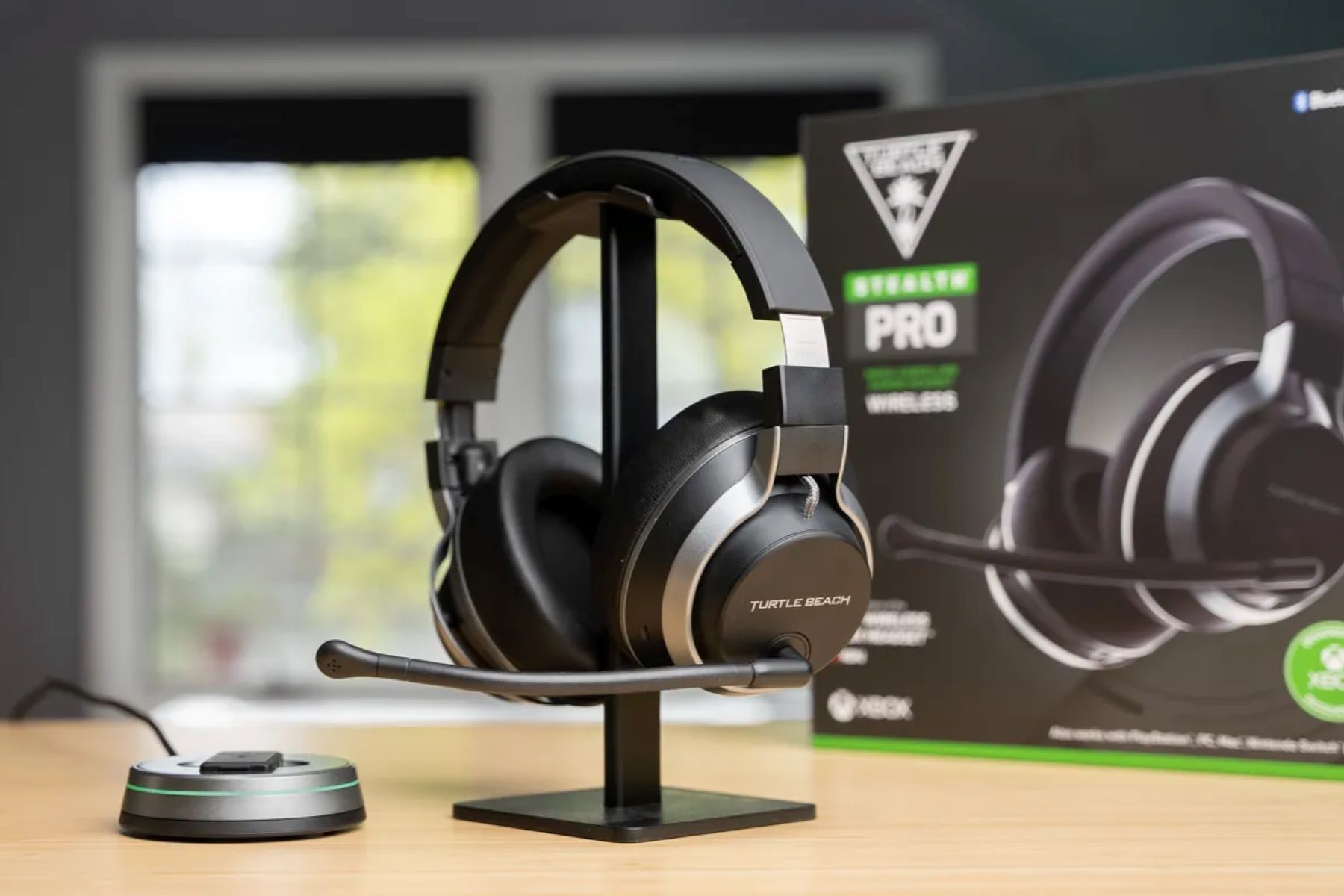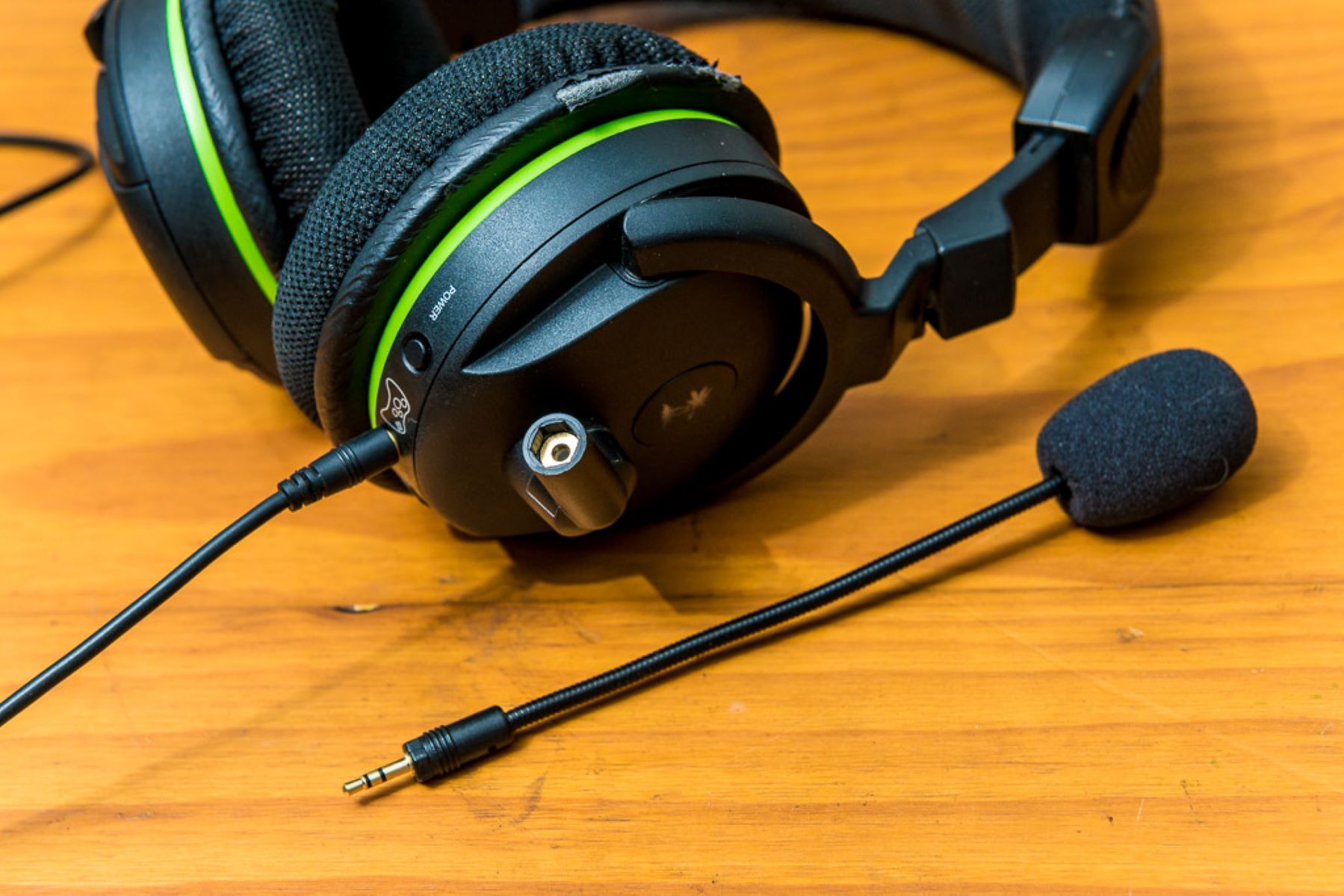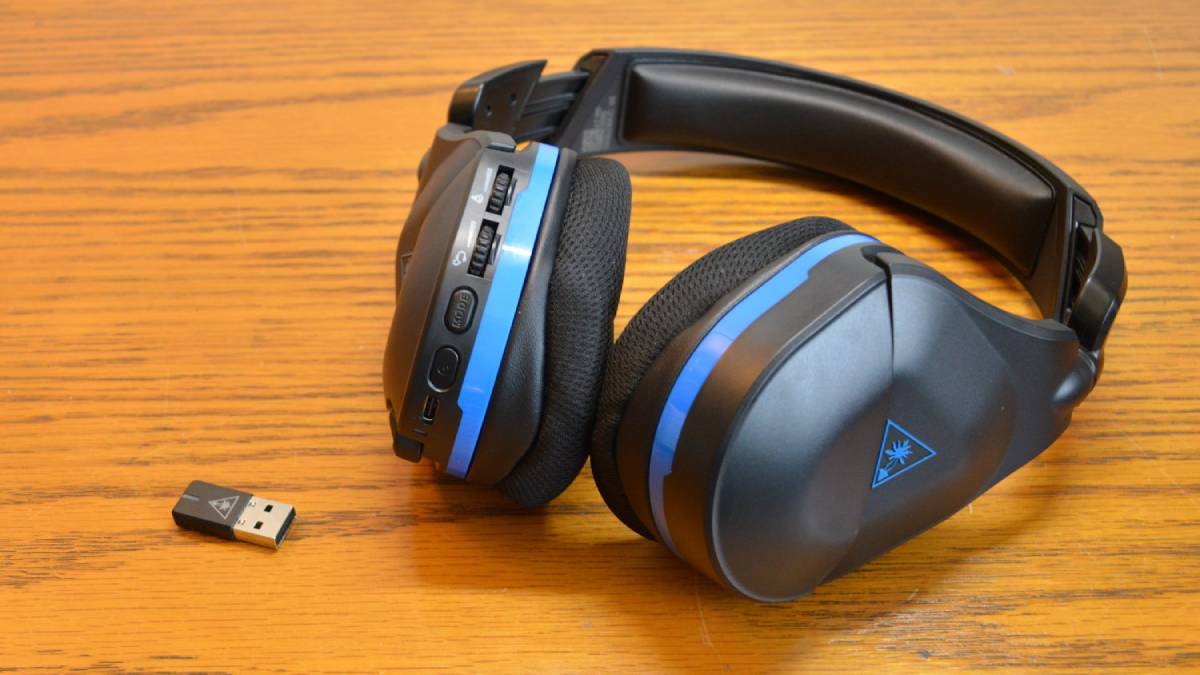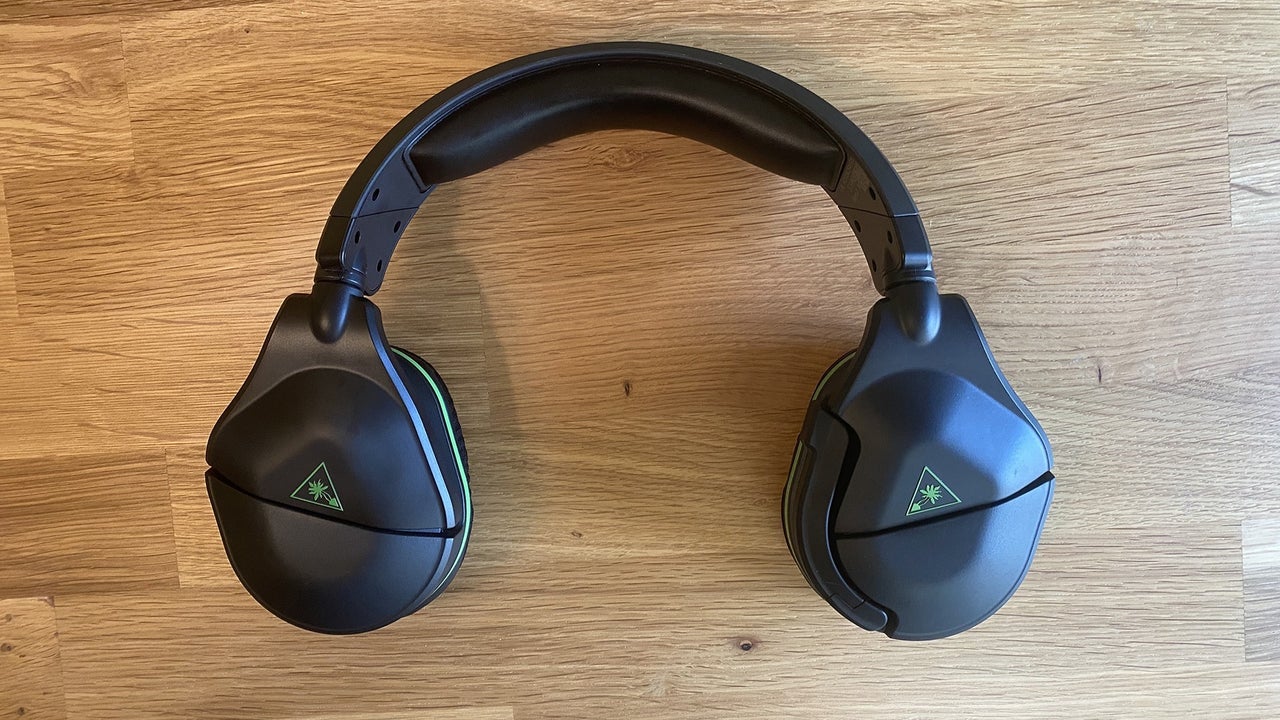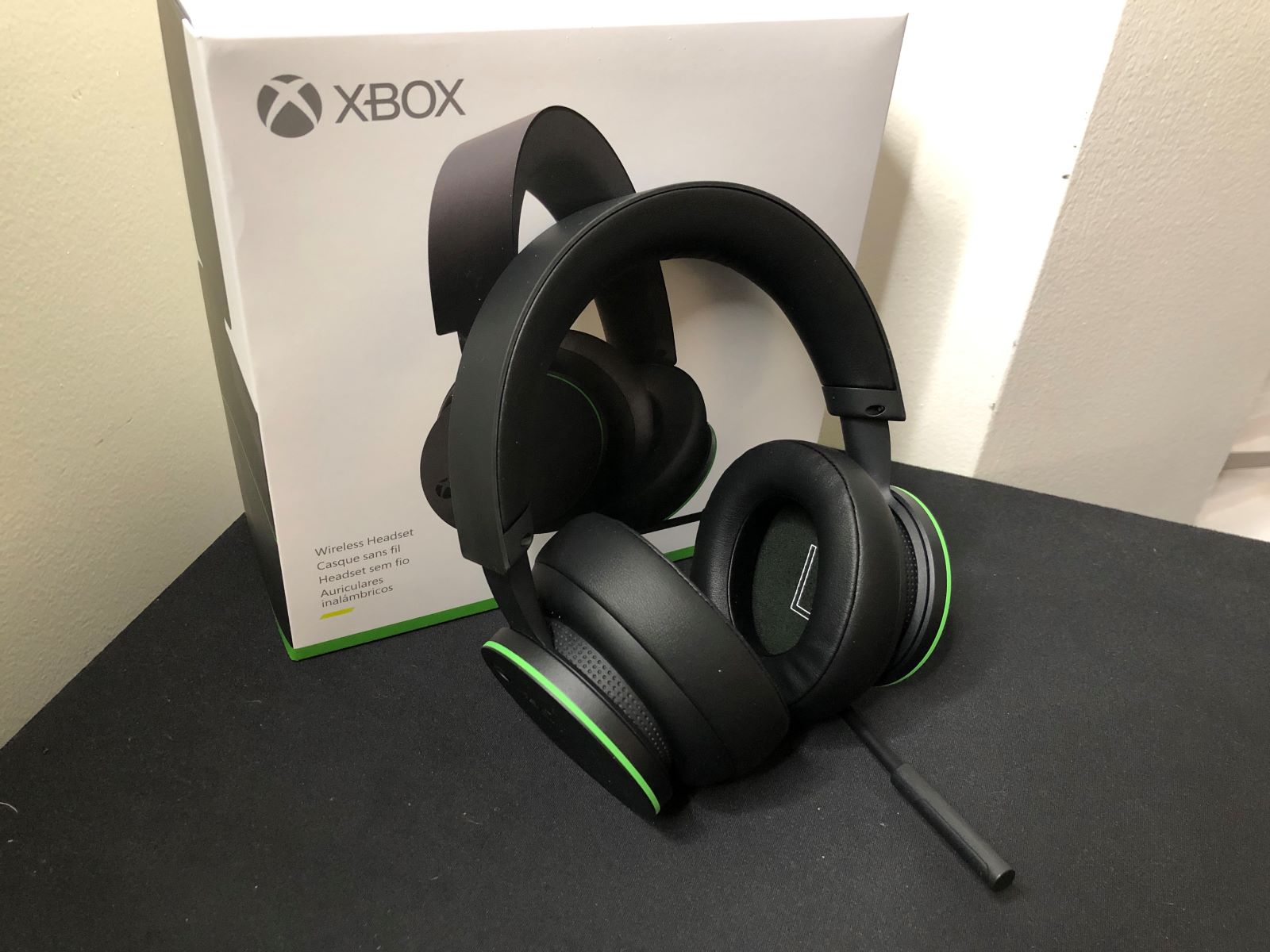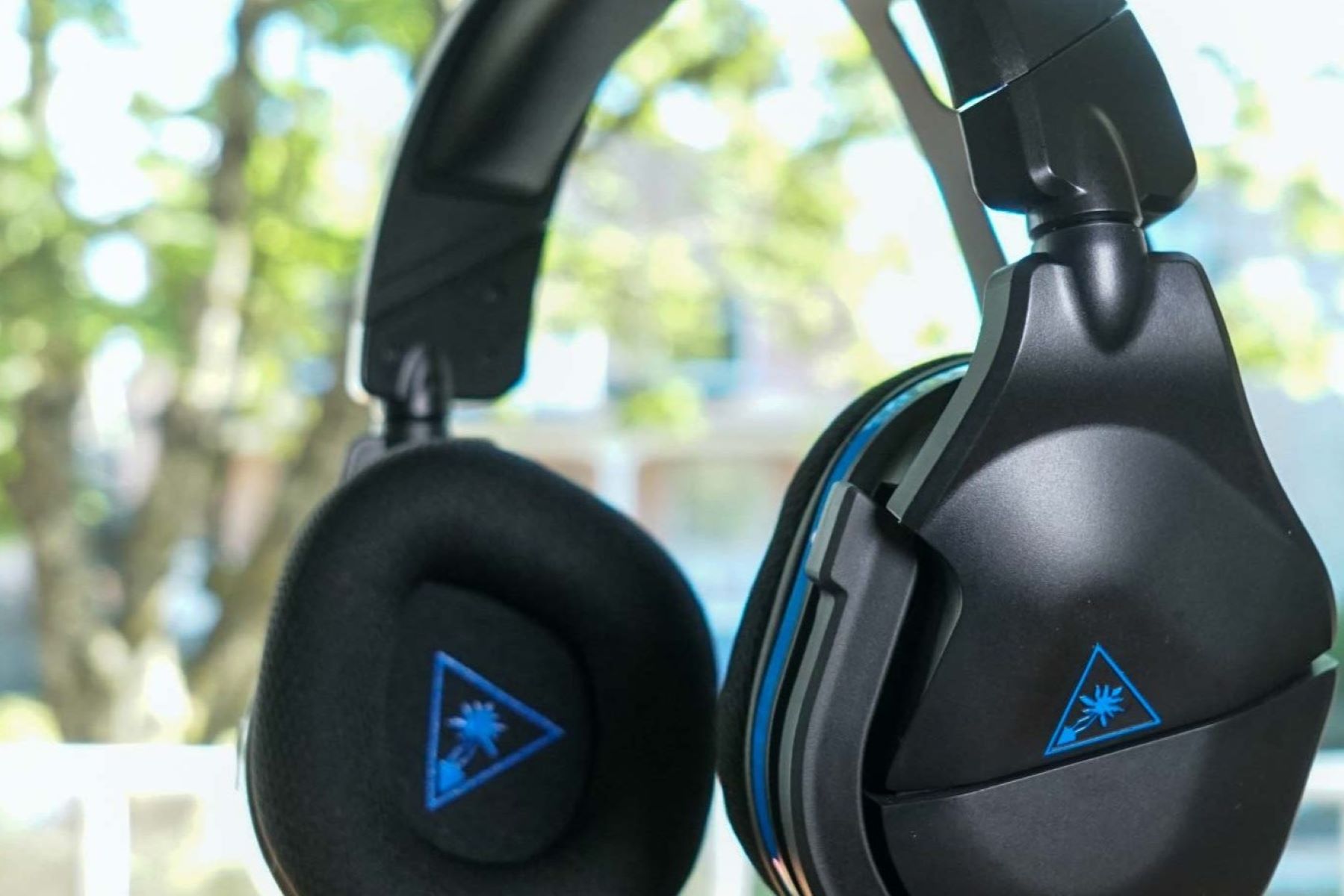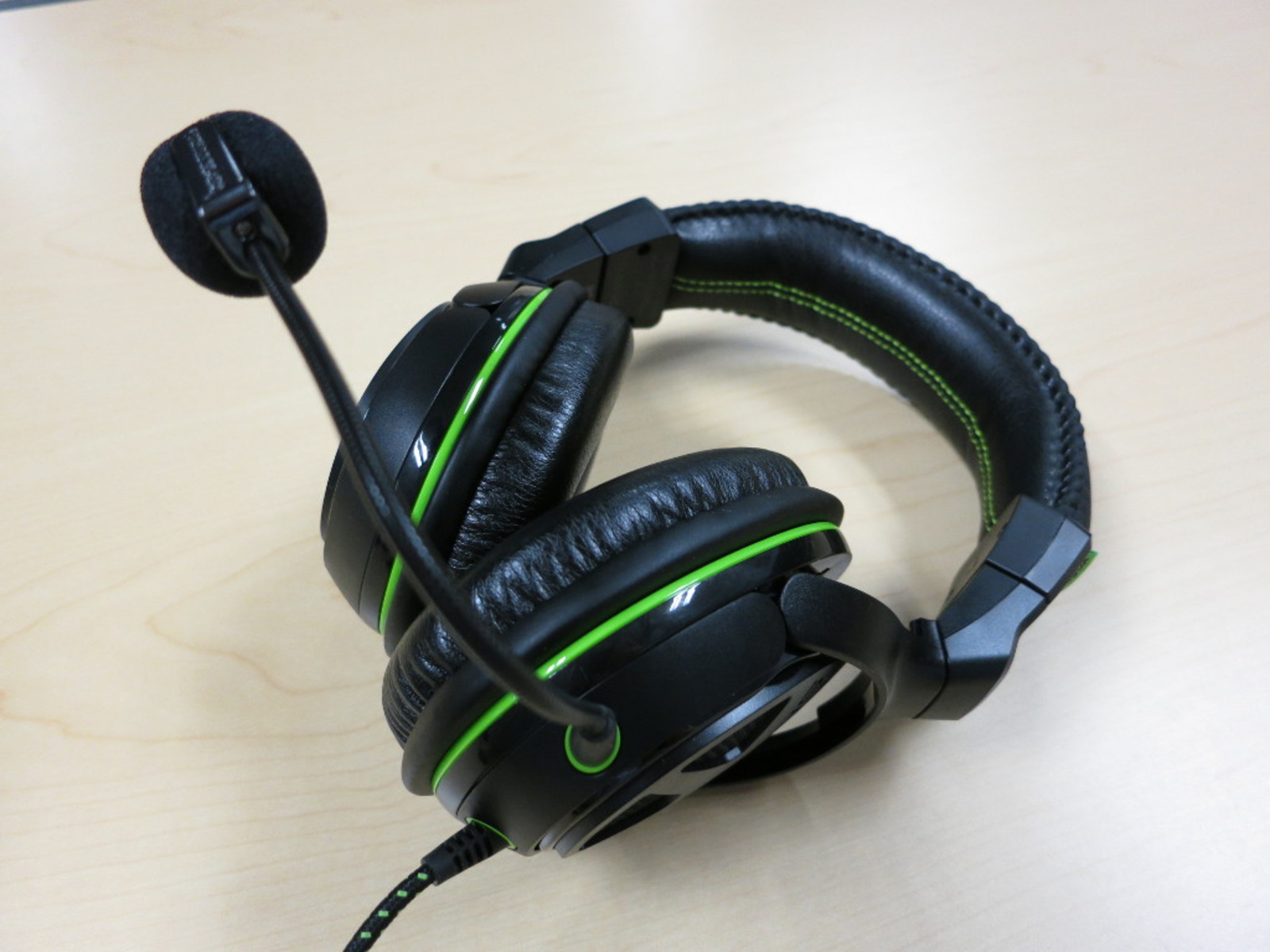Introduction
Turtle Beach headsets are renowned for their cutting-edge audio technology, providing an immersive gaming and communication experience. However, users may encounter audio issues that disrupt their enjoyment. These problems can range from distorted sound to self-hearing issues, where users hear their own voice or audio feedback while using the headset. This article will delve into troubleshooting methods specifically tailored to address self-hearing issues with Turtle Beach headsets.
Understanding the root cause of self-hearing issues is crucial for effective troubleshooting. These problems can stem from various factors, including hardware malfunctions, software glitches, or incorrect settings. By exploring these potential causes and implementing targeted solutions, users can regain the pristine audio quality that Turtle Beach headsets are known for.
In the following sections, we will delve into comprehensive troubleshooting steps to resolve self-hearing issues. From checking the connection and adjusting volume settings to updating firmware and drivers, each step is designed to systematically identify and address the underlying issues. Additionally, we will explore the option of testing the headset with different devices to isolate potential compatibility issues. Lastly, we will highlight the importance of reaching out to Turtle Beach support for expert assistance in resolving persistent self-hearing issues.
By following the troubleshooting steps outlined in this article, users can reclaim the exceptional audio experience that Turtle Beach headsets are designed to deliver. Let's embark on this journey to troubleshoot self-hearing issues and restore the immersive audio quality that enhances gaming, communication, and overall user experience.
Common Audio Issues with Turtle Beach Headsets
Turtle Beach headsets are celebrated for their exceptional audio quality, yet users may encounter common audio issues that impede their overall experience. These issues can manifest in various forms, ranging from distorted sound and intermittent audio to self-hearing problems, where users hear their own voice or audio feedback while using the headset. Understanding these common audio issues is pivotal for effectively troubleshooting and resolving them.
Distorted sound is a prevalent issue that users may encounter with Turtle Beach headsets. This can manifest as crackling, popping, or muffled audio, diminishing the immersive experience that these headsets are designed to provide. Intermittent audio, where the sound cuts in and out, can also disrupt gameplay, communication, or entertainment.
Another common issue is self-hearing, where users hear their own voice or audio feedback while using the headset. This can be disorienting and detract from the overall audio experience, impacting communication during online gaming or virtual meetings. Additionally, echo or feedback loops may occur, further complicating the issue and leading to frustration for the user.
It's essential to recognize that these audio issues can stem from various factors, including hardware malfunctions, software glitches, or incorrect settings. By identifying these common problems, users can proactively troubleshoot and implement targeted solutions to restore the pristine audio quality that defines the Turtle Beach headset experience.
In the subsequent sections, we will delve into troubleshooting methods specifically tailored to address self-hearing issues with Turtle Beach headsets. By systematically addressing these common audio issues, users can optimize their headset's performance and fully immerse themselves in the rich, high-fidelity audio that Turtle Beach is renowned for.
Troubleshooting Self-hearing Issues
Self-hearing issues, where users hear their own voice or audio feedback while using Turtle Beach headsets, can significantly detract from the immersive audio experience these devices are designed to deliver. To effectively troubleshoot and resolve these issues, users can follow a systematic approach that encompasses various potential causes and targeted solutions.
The first step in troubleshooting self-hearing issues is to ensure that the headset's connections are secure and free from any physical damage. Users should inspect the audio cables, ensuring they are firmly plugged into the appropriate ports on both the headset and the connected device. Additionally, checking for any fraying or wear along the length of the cables is essential, as damaged cables can lead to audio feedback and self-hearing issues.
Adjusting the volume and settings on the headset and the connected device is another crucial troubleshooting step. Users should verify that the microphone volume is appropriately adjusted to prevent audio feedback. Additionally, adjusting the monitoring settings on the headset, if available, can help mitigate self-hearing issues by controlling the level of ambient sound that reaches the user's ears.
Updating the firmware and drivers of the Turtle Beach headset is a fundamental troubleshooting measure that can address self-hearing issues stemming from software-related anomalies. By visiting the Turtle Beach website or using the proprietary software, users can check for and install any available firmware updates or driver enhancements. This proactive approach ensures that the headset's software is optimized for seamless audio performance, potentially resolving self-hearing issues caused by outdated or incompatible software.
Testing the Turtle Beach headset with different devices can provide valuable insights into the root cause of self-hearing issues. By connecting the headset to alternative devices such as gaming consoles, PCs, or mobile devices, users can determine if the problem persists across multiple platforms. If the self-hearing issues are isolated to a specific device, it indicates that the problem may be related to compatibility or settings on that particular device, prompting targeted troubleshooting on that platform.
In the event that self-hearing issues persist despite these troubleshooting efforts, users are encouraged to reach out to Turtle Beach support for expert assistance. The manufacturer's support team can provide personalized guidance, advanced troubleshooting steps, and potential warranty-related solutions to address persistent self-hearing issues, ensuring that users can fully enjoy the exceptional audio experience that Turtle Beach headsets are designed to deliver.
By systematically implementing these troubleshooting steps, users can effectively address self-hearing issues with Turtle Beach headsets, restoring the pristine audio quality and immersive experience that defines these renowned devices.
Checking the Connection
Ensuring that the connections of your Turtle Beach headset are secure and free from physical damage is a pivotal first step in troubleshooting self-hearing issues. Start by meticulously inspecting the audio cables to verify that they are firmly plugged into the appropriate ports on both the headset and the connected device. Any loose connections can lead to audio feedback and self-hearing problems, so it's essential to confirm a snug and secure fit.
In addition to checking the connections, it's crucial to examine the condition of the audio cables. Look for any signs of fraying, kinks, or wear along the length of the cables. Even minor damage can compromise the audio signal and contribute to self-hearing issues. If any damage is detected, it's advisable to replace the affected cables with high-quality, compatible replacements to ensure uninterrupted audio transmission.
Furthermore, if your Turtle Beach headset features a detachable microphone, inspect the connection point to ensure it is securely attached to the headset. Any looseness or instability in the microphone connection can lead to audio feedback or self-hearing issues, impacting the overall audio experience.
Once the physical connections and cables have been thoroughly inspected and any issues addressed, it's essential to test the headset to confirm that the self-hearing issues have been resolved. Engage in a brief audio test, such as speaking into the microphone while monitoring the audio output, to ensure that the troubleshooting efforts have effectively addressed the self-hearing issues.
By meticulously checking the connections of your Turtle Beach headset and addressing any physical issues, you can proactively mitigate potential causes of self-hearing problems. This thorough approach sets the foundation for effective troubleshooting and paves the way for a seamless, immersive audio experience with your Turtle Beach headset.
Adjusting the Volume and Settings
Fine-tuning the volume and settings of your Turtle Beach headset is a pivotal step in troubleshooting self-hearing issues. Start by verifying that the microphone volume is appropriately adjusted to prevent audio feedback. If the microphone volume is set too high, it can lead to the user hearing their own voice or audio feedback, disrupting the immersive audio experience. By adjusting the microphone volume to an optimal level, users can mitigate self-hearing issues and ensure clear, distortion-free communication.
Additionally, if your Turtle Beach headset features monitoring settings, take the time to adjust these settings to suit your preferences. Monitoring settings control the level of ambient sound that reaches the user's ears, allowing for a customized audio experience. By fine-tuning the monitoring settings, users can effectively manage self-hearing issues, especially in scenarios where the headset provides audio feedback of the user's own voice. Adjusting these settings to strike a balance between environmental awareness and audio clarity can significantly enhance the overall audio experience.
In cases where the headset is connected to a gaming console or PC, it's essential to review the audio settings on the connected device. Ensure that the input and output audio settings are optimized for the Turtle Beach headset, as incorrect settings can contribute to self-hearing issues. By selecting the appropriate audio input and output options and adjusting the audio levels, users can align the device settings with the headset's specifications, potentially resolving self-hearing issues stemming from misconfigured settings.
Once the volume and settings adjustments have been made, it's crucial to conduct an audio test to evaluate the impact of these changes. Engage in a brief communication or gaming session while monitoring the audio output to confirm that the adjustments have effectively mitigated self-hearing issues. This real-time testing allows users to assess the impact of the volume and settings adjustments and make further refinements if necessary.
By meticulously adjusting the volume and settings of your Turtle Beach headset, you can proactively address potential causes of self-hearing issues, ensuring a seamless and immersive audio experience. This targeted approach empowers users to optimize the headset's performance and tailor the audio settings to their preferences, ultimately enhancing the overall audio quality and user experience.
Updating Firmware and Drivers
Updating the firmware and drivers of your Turtle Beach headset is a fundamental troubleshooting measure that can effectively address self-hearing issues stemming from software-related anomalies. The firmware serves as the operating system for the headset, governing its functionality and performance, while the drivers facilitate seamless communication between the headset and the connected device, such as a gaming console, PC, or mobile device.
To initiate the process of updating the firmware and drivers, users can visit the official Turtle Beach website, where comprehensive support resources are available. Alternatively, Turtle Beach often provides proprietary software that enables users to manage and update their headset's firmware and drivers directly from their computers. This user-friendly software streamlines the update process, ensuring that users can easily access the latest enhancements and optimizations for their headset.
Upon accessing the firmware and driver update resources, users should carefully follow the provided instructions to ensure a seamless update process. It's essential to verify that the correct firmware and driver versions are being installed, as using incompatible or outdated software can lead to further complications and potential self-hearing issues. By adhering to the provided guidelines and selecting the appropriate updates for their specific headset model, users can proactively address software-related factors that may contribute to self-hearing issues.
The firmware and driver update process typically involves connecting the Turtle Beach headset to the computer, launching the update software, and following the on-screen prompts to initiate the update. During this process, it's crucial to ensure that the headset remains powered on and connected to the computer to facilitate the seamless transfer of the firmware and driver updates. Once the updates are successfully installed, users can disconnect the headset and proceed with testing its performance to confirm that the updates have effectively mitigated self-hearing issues.
By proactively updating the firmware and drivers of their Turtle Beach headsets, users can ensure that the software components are optimized for seamless audio performance. This proactive approach minimizes the risk of self-hearing issues stemming from outdated or incompatible firmware and drivers, ultimately enhancing the headset's overall audio quality and user experience.
Testing with Different Devices
Testing the Turtle Beach headset with different devices can provide valuable insights into the root cause of self-hearing issues. By connecting the headset to alternative devices such as gaming consoles, PCs, or mobile devices, users can determine if the problem persists across multiple platforms. This systematic approach allows users to isolate potential compatibility issues, software conflicts, or device-specific settings that may contribute to self-hearing problems.
When conducting tests with different devices, it's essential to follow a structured methodology to accurately assess the headset's performance across varied platforms. Begin by selecting a diverse range of devices that represent the typical usage scenarios for the Turtle Beach headset. This may include connecting the headset to a gaming console for immersive gaming experiences, a PC for communication and multimedia applications, and a mobile device for on-the-go versatility.
Once the devices are selected, users should meticulously connect the Turtle Beach headset to each device according to the manufacturer's recommended procedures. It's crucial to ensure that the connections are secure and that the headset is properly recognized by each device. By adhering to the prescribed connection methods, users can eliminate potential connectivity issues as a contributing factor to self-hearing problems.
After the headset is successfully connected to each device, users should engage in real-world usage scenarios to evaluate its performance. This may involve participating in online gaming sessions, engaging in voice communication, or consuming multimedia content to assess the audio quality and identify any instances of self-hearing issues. Throughout these tests, users should pay close attention to any anomalies or discrepancies in the headset's behavior, documenting their observations for further analysis.
The testing process should encompass a variety of audio sources and applications to comprehensively evaluate the headset's performance. This includes testing voice communication applications, streaming media content, and engaging in diverse gaming experiences to gauge the headset's compatibility and audio fidelity across different platforms. By exposing the headset to a range of usage scenarios, users can effectively assess its performance and identify any consistent patterns related to self-hearing issues.
Upon completing the tests with different devices, users should critically evaluate the observed performance and any instances of self-hearing issues. By comparing the headset's behavior across multiple platforms, users can glean valuable insights into the root cause of the problem, whether it's related to specific devices, software configurations, or compatibility factors. This comprehensive analysis sets the stage for targeted troubleshooting efforts aimed at resolving persistent self-hearing issues and optimizing the Turtle Beach headset's performance across various devices.
Contacting Turtle Beach Support
When all troubleshooting efforts have been exhausted and self-hearing issues persist with your Turtle Beach headset, reaching out to Turtle Beach support is a proactive step towards resolving these persistent challenges. The manufacturer's support team comprises knowledgeable professionals who are equipped to provide personalized guidance, advanced troubleshooting steps, and potential warranty-related solutions to address complex audio issues.
To initiate contact with Turtle Beach support, users can leverage multiple communication channels offered by the company. This includes accessing the official Turtle Beach website to explore the support resources, such as FAQs, troubleshooting guides, and community forums that may offer insights into resolving self-hearing issues. Additionally, users can utilize the provided contact information, including email support, live chat services, and dedicated support hotlines, to directly engage with Turtle Beach's knowledgeable support representatives.
When reaching out to Turtle Beach support, it's beneficial to provide a comprehensive overview of the self-hearing issues encountered with the headset. This includes detailing the specific model of the Turtle Beach headset, the devices with which it has been tested, and the troubleshooting steps that have been undertaken to address the self-hearing issues. By furnishing this detailed information, users enable the support team to gain a thorough understanding of the situation and provide targeted assistance tailored to the specific challenges experienced.
Turtle Beach support representatives are adept at guiding users through advanced troubleshooting steps that may delve into the headset's firmware, software configurations, and compatibility considerations. This personalized approach ensures that users receive expert guidance in addressing complex self-hearing issues, empowering them to effectively resolve the challenges and optimize the audio performance of their Turtle Beach headset.
In instances where the self-hearing issues are indicative of potential hardware malfunctions or defects, Turtle Beach support can facilitate warranty-related solutions, such as repair or replacement options, in accordance with the headset's warranty coverage. By leveraging the manufacturer's support resources, users can navigate potential warranty claims and ensure that any underlying hardware issues are promptly addressed, restoring the headset's pristine audio quality.
Contacting Turtle Beach support serves as a valuable resource for users encountering persistent self-hearing issues with their headsets. By engaging with the manufacturer's knowledgeable support team, users can access tailored guidance, advanced troubleshooting measures, and potential warranty-related solutions, ultimately ensuring a seamless and immersive audio experience with their Turtle Beach headsets.







